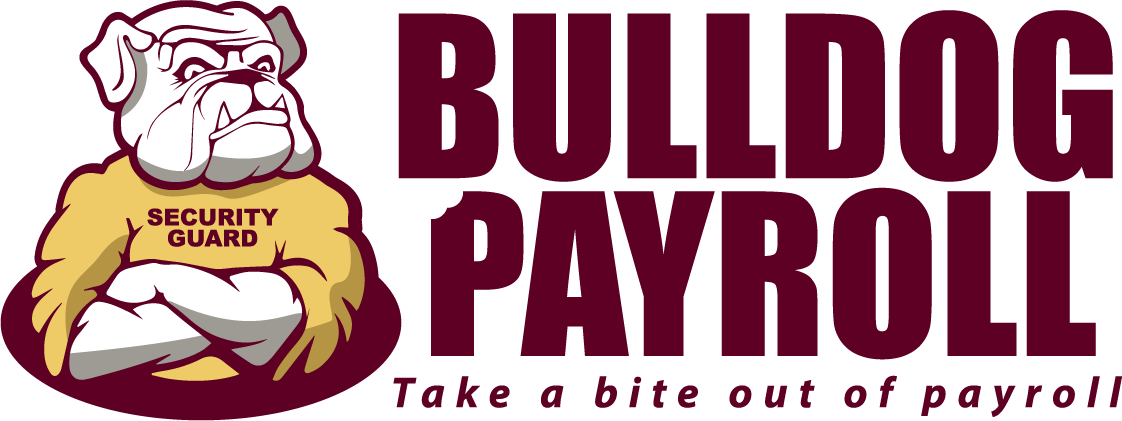What Is Employee Onboarding
It costs over $4000 to onboard a new employee, so getting it right the first time is critical. The purpose of onboarding is to help new employees feel comfortable in their new roles. It provides them with the information they need to be successful in their job.
When small business owners are hiring employees, they should make sure to have a proper onboarding process in place. This helps ensure that all new employees understand the company policies and procedures, as well as culture. It also helps to set expectations for their work.
Let's explore what is employee onboarding so you'll get it right the first time.
What Is Employee Onboarding?
Employee onboarding is the process of helping new employees adjust to their roles in a company. It helps new hires become more productive and helps them understand the culture of their new workplace. Onboarding includes activities such as orientation, training, and other tasks to ensure that the employee is comfortable in their new role.
How to Onboard Employees
When you're onboarding new employees, the goal is to make them feel welcome and part of the team. You should also make sure they understand all your policies and procedures. Here are some of the steps to follow.
Introduce them to their team and colleagues, so they can start building relationships. Explain the company's mission, vision, and values to help orient them to the company culture. Go over the job description and expectations in detail, so they understand what is expected of them.
Provide training for their specific role and tasks so they can start working right away. Give them an employee handbook and other relevant documents to familiarize them with company policies and procedures. Show them how to use the systems and tools they'll need for their job.
Invite them to team meetings and company events so they can engage with the team.
Duration of Onboarding Program
This depends on the size and complexity of your organization, as well as the job role. An effective onboarding program should take anywhere from two weeks to six months.
One Day to One Week
This is the duration when onboarding a single employee or a small team. This timeframe can be used to introduce new hires to the company culture, introduce them to the team, provide basic job training, and give basic onboarding tasks.
Two Weeks to One Month
This is the ideal duration when onboarding a new team or multiple employees. This timeframe allows for more in-depth training sessions and provides support to help new employees adjust to their roles.
One to Six Months
This duration is good for onboarding a large team or department. This timeframe allows for more comprehensive training and on-the-job coaching to help new employees fully understand their roles and responsibilities.
Three Months to Six Months
At this time, it is important to evaluate their performance and take feedback to gauge their engagement. This will help business owners determine if the onboarding process was effective and if any changes need to be made. Additionally, this feedback can help business owners improve their onboarding process for future employees.
Six Months to a Year
By now, new employees should be onboard and understand their role within the company. They should be fully assimilated and comfortable with the company's culture and values. This is also a good time to plan professional development opportunities for them.
Is payroll a thorn in your side? Let us handle all the stress related to payroll so you don't have to...
Tailoring Onboarding to Different Audiences
Onboarding should tailor to the specific needs of different audiences. A new executive requires more detailed planning and resources.
Executives
For executives, the process should be more comprehensive and detailed. The executive must understand the company's strategy, goals, and objectives. Relationships with key stakeholders and the building of a network of support are important.
Managers
For managers, the onboarding process should focus on teaching them how to manage and lead their teams. This should include teaching them how to:
- Set expectations
- Give feedback
- Manage conflict
They should also learn about the company culture and the organizational structure.
Remote Workers
For remote workers, the onboarding process should be more focused on technology. Give them the tools and resources needed to work successfully from a distance.
Differently-abled Employees
For differently-abled employees, the onboarding process should tailor to their specific needs. This could include things like providing accommodations. It should also introduce them to other employees with similar disabilities.
Veterans/Returning Servicemembers
They may have different needs when it comes to onboarding. Making sure the transition is smooth requires an understanding of their unique experiences and skill sets.
Depending on the veteran's experience level and the position they are filling, you may need to adjust expectations or provide extra training or guidance.
Second-Chance/Formerly Incarcerated Workers
These workers may have unique challenges that you need to address during the onboarding process. This may include explaining reentry policies and addressing any residual trust issues.
Gig Workers (e.g., Independent Contractors, Consultants, etc.)
While gig workers do not have the same expectations and commitments as traditional employees, they still need onboarding. Onboarding for gig workers is often referred to as Learning and Development (L&D).
The goal of onboarding gig workers should be to ensure that they understand the company's mission and values, as well as the project or tasks at hand. This is especially essential for gig workers, who don't have the same expectations and commitments as traditional employees.
Important Metrics and Tracking
It's important to track the progress of your onboarding process by using metrics. This could include things like:
Time-to-Productivity
How quickly an employee becomes productive in their role is a key metric to track during the onboarding process. By doing so, you can more accurately evaluate the effectiveness of your program.
Turnover/Retention Rates
The retention threshold is the point at which most employees remain with the company long enough to be successful. By tracking how many employees reach this point, you can understand the success of your process.
New-hire Surveys
New-hire surveys give you the opportunity to hear directly from employees about their onboarding experience. This way, you can learn where changes need to be made to improve the process.
Performance Measures
Performance measures are another important indicator of employee success. By tracking how performance changes after the onboarding process, you can better assess its effectiveness.
Informal Feedback/Reviews
Informal feedback and reviews are also important metrics to track. This could include things like employee surveys, interviews, or focus groups. This provides a better understanding of the employee experience. It identifies any areas where you need to make improvements.
Use Onboarding Software When Hiring Employees
Now that you know what is employee onboarding, you should also know that technology can help. Automate the process of hiring small business employees with our help.
Schedule a free consultation to learn more.
By understanding the onboarding process, you can ensure that all of your employees are set up for success.
Is payroll a thorn in your side? Let us handle all the stress related to payroll so you don't have to...










